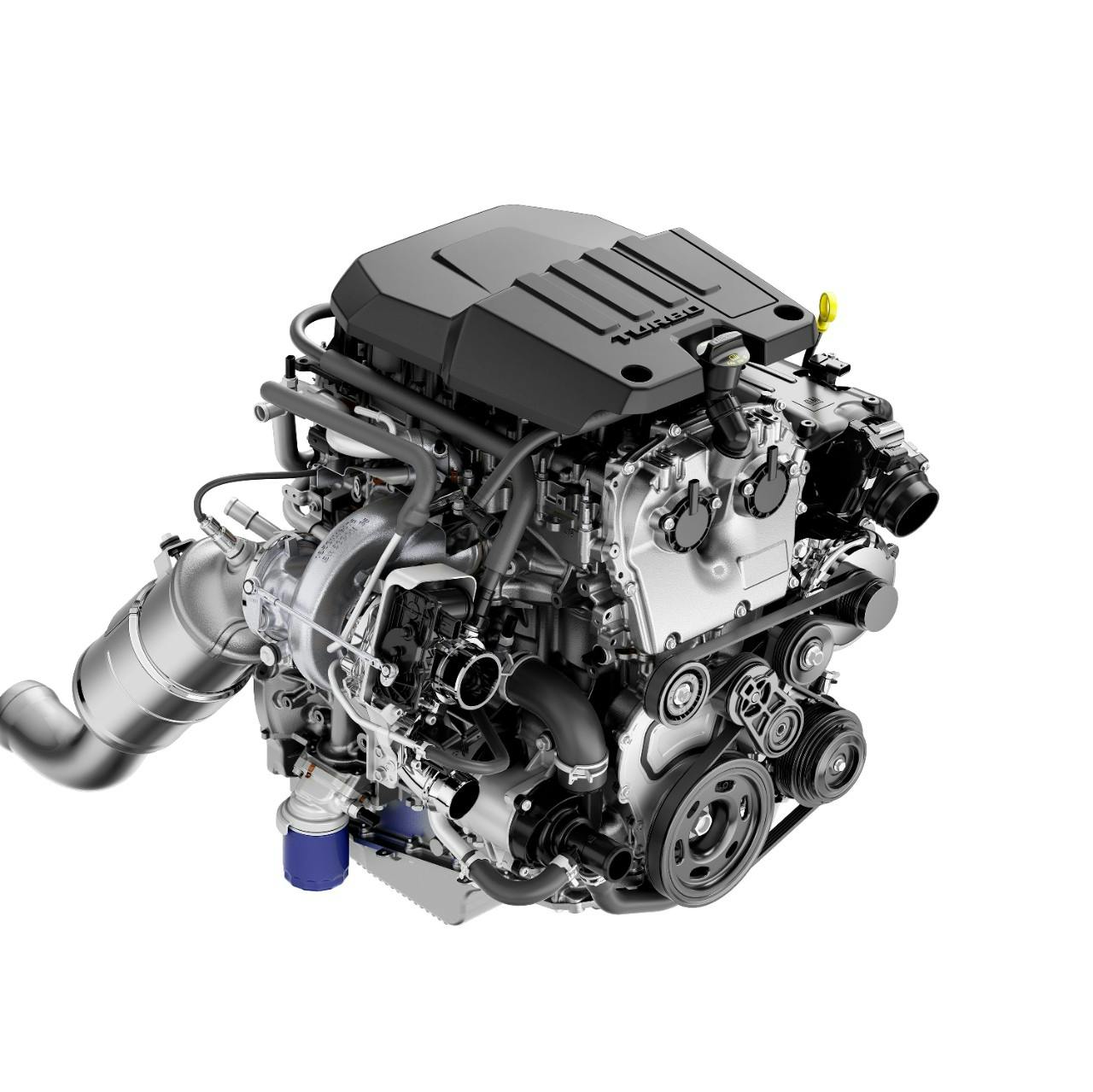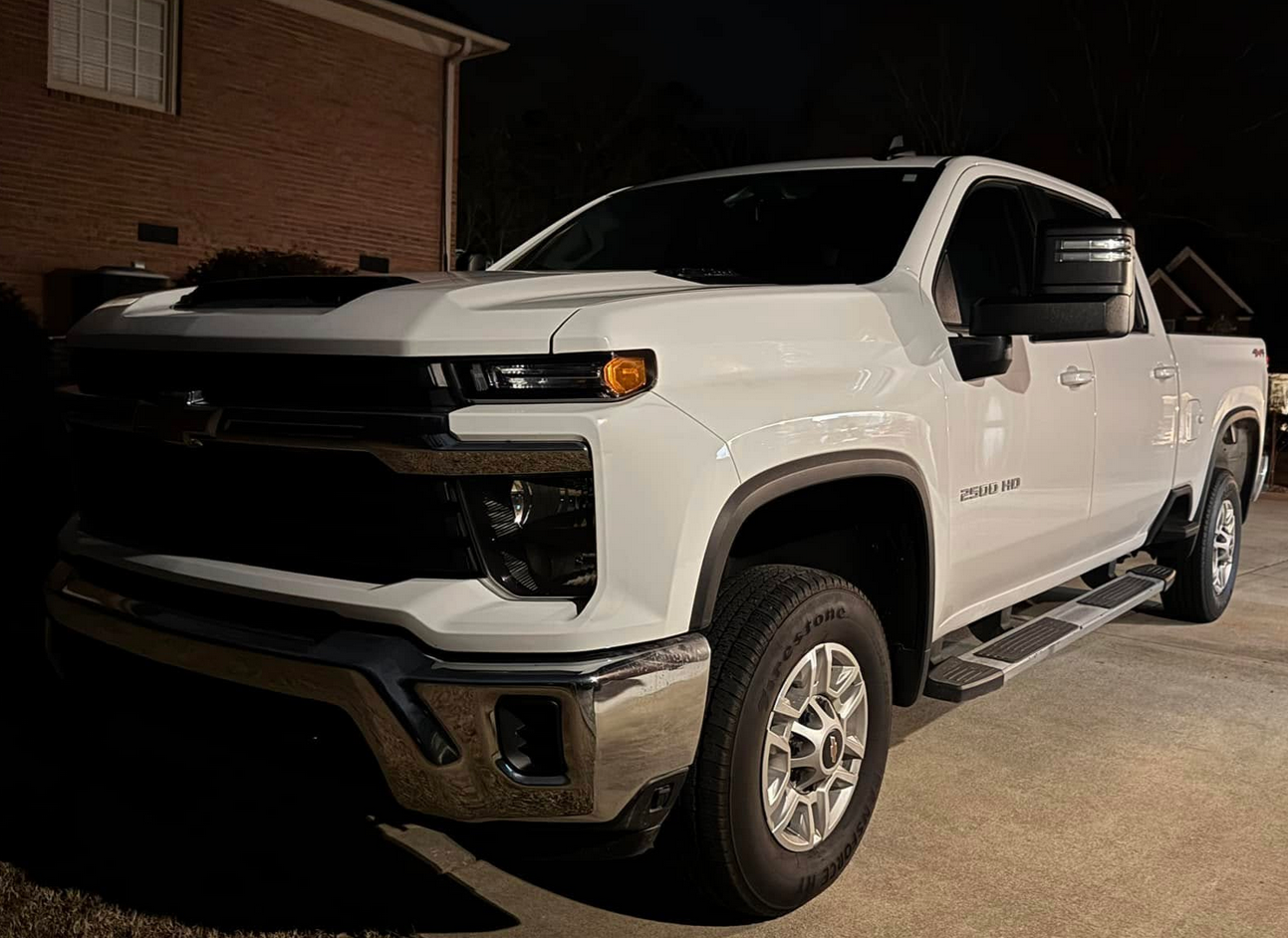Another poster listed this article, but I wanted to flag the fact that they specifically admit to, and address, the turbo lag in the engine.
"...a specific dyno test, used in development to measure turbo response, holds the engine at 1500 rpm and measures the engine from no load to wide-open throttle. The dyno then records how long it takes before the truck to produce 90 percent of its max torque. For the L3B, it only takes 2.5 seconds."
So there's 2.5 seconds of turbo lag. That's bad. Go ahead, pretend you're driving. You need some extra power so you put your foot down. 1 Mississippi, 2 Mississippi...
EDIT: To be very clear, this is still an amazing engine, and the engineering is fantastic. You will likely not really notice or care about the lag that it has if you're 90% of people. But for the 10% that want more power, right now (if you tuned or supercharged your current truck, that might be you?), then be aware that there is some relatively significant turbo lag, at least at lower RPM.

 www.hagerty.com
www.hagerty.com
"...a specific dyno test, used in development to measure turbo response, holds the engine at 1500 rpm and measures the engine from no load to wide-open throttle. The dyno then records how long it takes before the truck to produce 90 percent of its max torque. For the L3B, it only takes 2.5 seconds."
So there's 2.5 seconds of turbo lag. That's bad. Go ahead, pretend you're driving. You need some extra power so you put your foot down. 1 Mississippi, 2 Mississippi...
EDIT: To be very clear, this is still an amazing engine, and the engineering is fantastic. You will likely not really notice or care about the lag that it has if you're 90% of people. But for the 10% that want more power, right now (if you tuned or supercharged your current truck, that might be you?), then be aware that there is some relatively significant turbo lag, at least at lower RPM.

GM Engineer: L3B turbo-four is a true truck engine - Hagerty Media
We get some inside info on GM's latest truck powerplant from GM's assistant chief engineer for the 2.7-liter L3B turbo engine.






